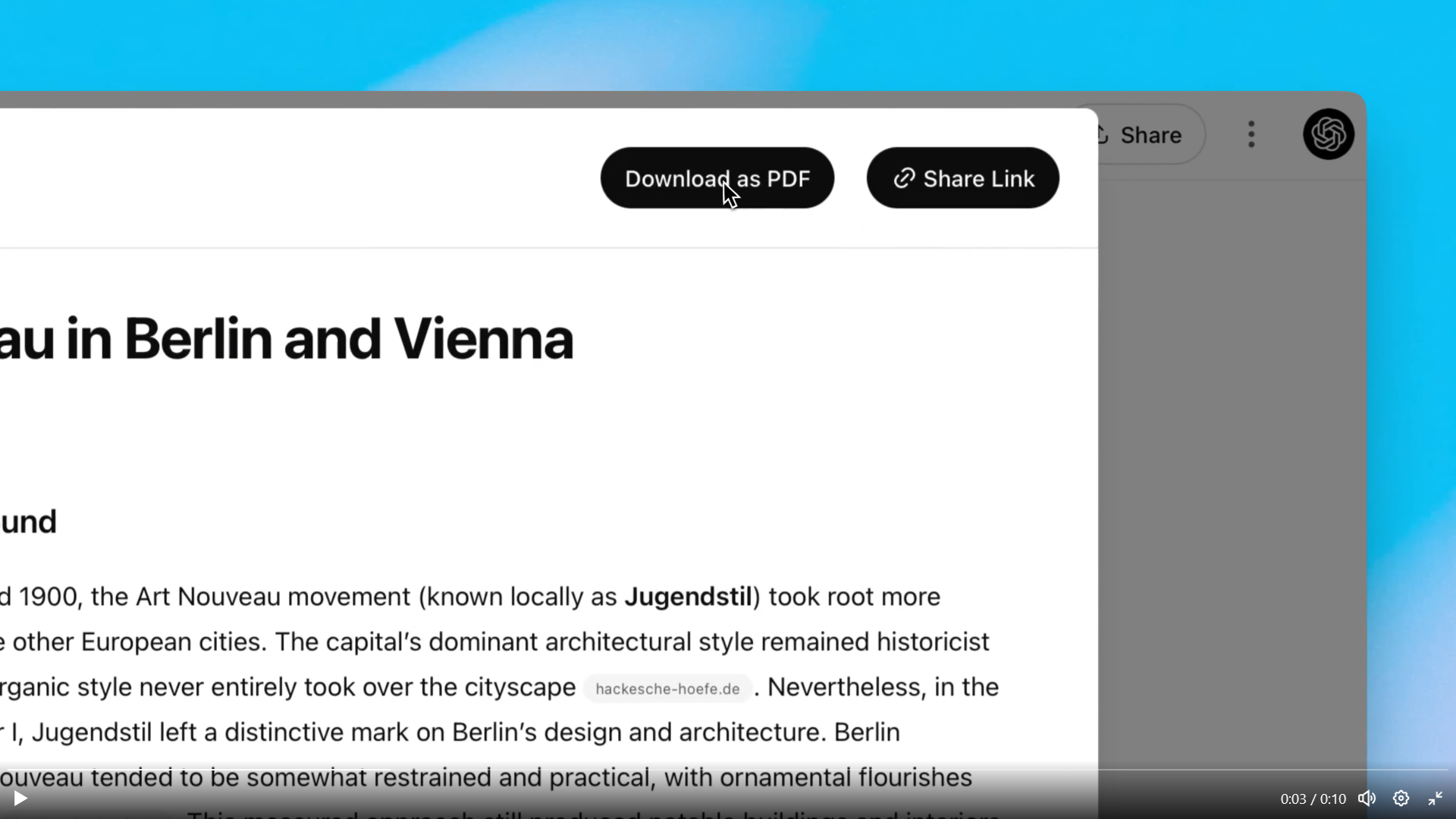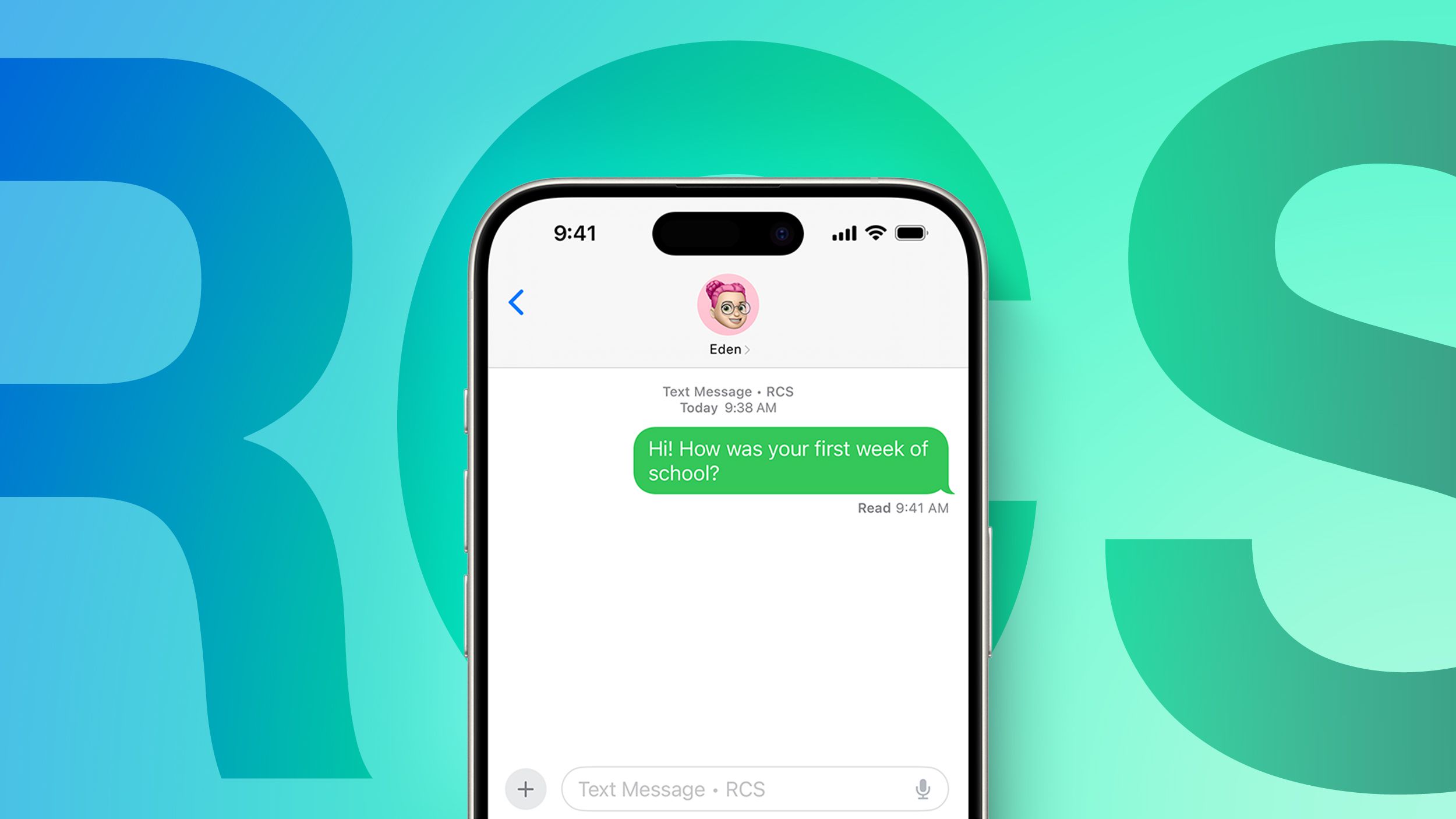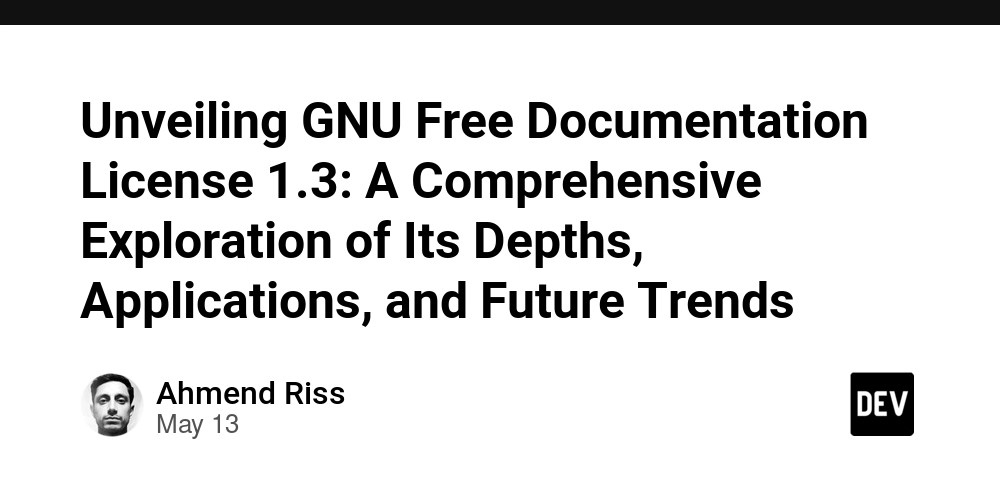Unveiling IBM Public License 1.0: A Holistic Perspective on Open Source Licensing, Fair Code, and Future Trends
Abstract: This post provides a comprehensive overview of the IBM Public License 1.0 and its role in the open source ecosystem. We offer background information, core concepts, practical applications, challenges, and innovative future trends. By examining its legal clarity, dual licensing potential, and community impact alongside comparisons with newer models like blockchain-based fair code initiatives, this guide empowers developers to understand licensing intricacies and foster sustainable, equitable software development. For a detailed original summary, check the Original IBM Public License 1.0 Summary. Introduction The IBM Public License 1.0 is a landmark framework for open source software distribution and fair code practices. Its legal guidelines ensure that software contributions remain transparent and accessible, while also protecting the rights of developers and corporations alike. In today’s fast-evolving technological landscape, understanding licensing is key for sustainable innovation. This post will explain the historical context, legal features, and future innovations of the IBM Public License 1.0, while drawing comparisons with modern alternatives such as blockchain-based compensation models and other permissive licenses like the MIT and Apache licenses. Open source licenses influence the way code is shared, improved, and monetized. They are critical for fostering collaboration and ensuring that the benefits of software innovation reach a wide audience. With clear and accessible clauses, the IBM Public License 1.0 has become an essential tool for both commercial and community-driven projects. Background and Context Licensing in the software development world has evolved over decades. IBM Public License 1.0 emerged during a critical phase when corporations began actively balancing proprietary interests with community contributions. Its roots are intertwined with the growth of open source software across multiple industries. Several key themes underline the background of this license: Historical Significance: Developed by IBM, the license reflects a period in which legal clarity and fair code practices were emerging as priorities for both innovation and collaboration. Ecosystem Influence: From enterprise middleware to advanced research projects, the license’s role in safeguarding contributions is well documented. It resonates with the goals of other influential licenses such as the MIT License and Apache License 2.0. Community and Corporate Interests: While ensuring that derivative works remain open, IBM Public License 1.0 also implicitly supports a balance between rewarding innovation and protecting intellectual property. As open source evolved to integrate blockchain technologies and decentralized funding, new licensing frameworks like the OCTL have emerged. Yet, IBM's framework continues to be respected for its predictability and robust legal structure—a critical asset when developers face legal ambiguities in collaborative projects. For more context on the evolution of open source software, see the Open Source Software Wikipedia page. Core Concepts and Features The IBM Public License 1.0 is built on several core principles designed to encourage fair code practices and clear developer engagement. Let’s dive into some of these key concepts: 1. Legal Clarity and Transparency Clear Contribution Guidelines: The license sets explicit expectations for the reuse and modification of code, ensuring that derivative works remain open. Disclosure Requirements: Contributors must maintain transparency regarding modifications and attributions. Balanced Terms: While protecting corporate interests, the license mandates that community contributions are not overly exploited. These features are cornerstones for fair code and developer fairness. For an in-depth discussion on fair code principles, see fair-code. 2. Dual Licensing Potential IBM Public License 1.0 was not initially designed for dual licensing. However, its structure allows for potential adaptations that enable projects to release under both an open source and a proprietary license. This flexibility is especially attractive for companies looking to tap into commercial markets while still contributing to open innovation. For more on dual licensing, consult comparative studies available on Apache License 2.0 and developer discussions on Stack Overflow Licensing. 3. Protection Against Exploitation The license is designed to deter improper commercial exploitation where profits are generated without returning benefits to the community: Copyleft Provisions: Mandate that all derivative works maintain the same open source characteristics. Community-Driven Safeguards: Encourage additional Contributor License Agreements (CLAs) to protect contributor rights. The risk of misappropriation is a common theme in many fair code discussions. As blockchain models like
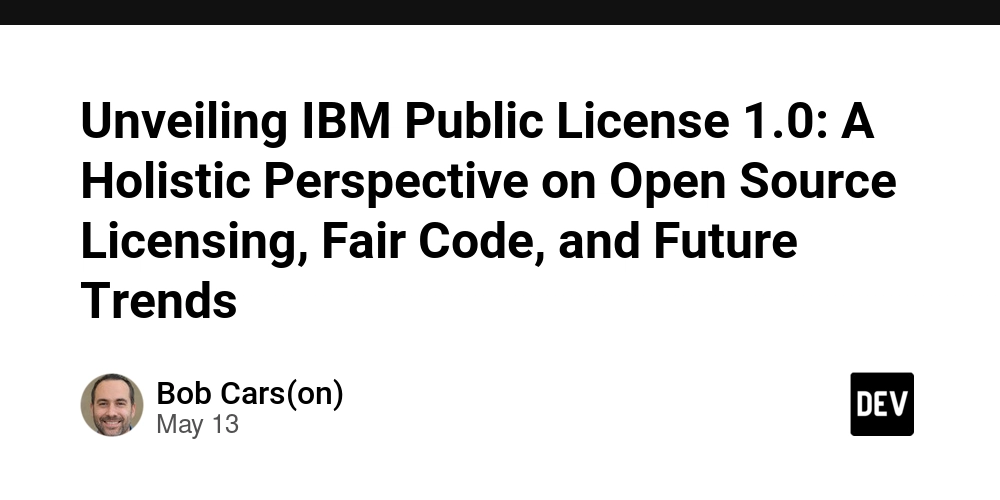
Abstract:
This post provides a comprehensive overview of the IBM Public License 1.0 and its role in the open source ecosystem. We offer background information, core concepts, practical applications, challenges, and innovative future trends. By examining its legal clarity, dual licensing potential, and community impact alongside comparisons with newer models like blockchain-based fair code initiatives, this guide empowers developers to understand licensing intricacies and foster sustainable, equitable software development. For a detailed original summary, check the Original IBM Public License 1.0 Summary.
Introduction
The IBM Public License 1.0 is a landmark framework for open source software distribution and fair code practices. Its legal guidelines ensure that software contributions remain transparent and accessible, while also protecting the rights of developers and corporations alike. In today’s fast-evolving technological landscape, understanding licensing is key for sustainable innovation. This post will explain the historical context, legal features, and future innovations of the IBM Public License 1.0, while drawing comparisons with modern alternatives such as blockchain-based compensation models and other permissive licenses like the MIT and Apache licenses.
Open source licenses influence the way code is shared, improved, and monetized. They are critical for fostering collaboration and ensuring that the benefits of software innovation reach a wide audience. With clear and accessible clauses, the IBM Public License 1.0 has become an essential tool for both commercial and community-driven projects.
Background and Context
Licensing in the software development world has evolved over decades. IBM Public License 1.0 emerged during a critical phase when corporations began actively balancing proprietary interests with community contributions. Its roots are intertwined with the growth of open source software across multiple industries.
Several key themes underline the background of this license:
- Historical Significance: Developed by IBM, the license reflects a period in which legal clarity and fair code practices were emerging as priorities for both innovation and collaboration.
- Ecosystem Influence: From enterprise middleware to advanced research projects, the license’s role in safeguarding contributions is well documented. It resonates with the goals of other influential licenses such as the MIT License and Apache License 2.0.
- Community and Corporate Interests: While ensuring that derivative works remain open, IBM Public License 1.0 also implicitly supports a balance between rewarding innovation and protecting intellectual property.
As open source evolved to integrate blockchain technologies and decentralized funding, new licensing frameworks like the OCTL have emerged. Yet, IBM's framework continues to be respected for its predictability and robust legal structure—a critical asset when developers face legal ambiguities in collaborative projects.
For more context on the evolution of open source software, see the Open Source Software Wikipedia page.
Core Concepts and Features
The IBM Public License 1.0 is built on several core principles designed to encourage fair code practices and clear developer engagement. Let’s dive into some of these key concepts:
1. Legal Clarity and Transparency
- Clear Contribution Guidelines: The license sets explicit expectations for the reuse and modification of code, ensuring that derivative works remain open.
- Disclosure Requirements: Contributors must maintain transparency regarding modifications and attributions.
- Balanced Terms: While protecting corporate interests, the license mandates that community contributions are not overly exploited.
These features are cornerstones for fair code and developer fairness. For an in-depth discussion on fair code principles, see fair-code.
2. Dual Licensing Potential
IBM Public License 1.0 was not initially designed for dual licensing. However, its structure allows for potential adaptations that enable projects to release under both an open source and a proprietary license. This flexibility is especially attractive for companies looking to tap into commercial markets while still contributing to open innovation. For more on dual licensing, consult comparative studies available on Apache License 2.0 and developer discussions on Stack Overflow Licensing.
3. Protection Against Exploitation
The license is designed to deter improper commercial exploitation where profits are generated without returning benefits to the community:
- Copyleft Provisions: Mandate that all derivative works maintain the same open source characteristics.
- Community-Driven Safeguards: Encourage additional Contributor License Agreements (CLAs) to protect contributor rights.
The risk of misappropriation is a common theme in many fair code discussions. As blockchain models like those discussed in license-token-empowering-open-source-creators suggest, new mechanisms may offer more direct compensation via decentralized ledgers.
4. Compatibility and Comparisons
In comparison with permissive licenses—like the MIT License—or strong copyleft licenses—such as GNU GPL—IBM Public License 1.0 gives moderate restrictions. This balance is reflected in table format below:
| License | Type | Key Characteristics | Developer Fairness |
|---|---|---|---|
| IBM Public License 1.0 | Fair Code / Copyleft | Clear legal guidelines, balanced protection, moderate restrictions | Ensures derivative works remain community-driven |
| MIT License | Permissive | Minimal restrictions, high flexibility | Relies on voluntary donations; less enforcement on contributions |
| GNU GPL | Strong Copyleft | Mandates openness for derivative works, strict disclosure requirements | Maximizes community access, can limit commercial exploitation |
| Apache License 2.0 | Permissive | Balanced, legally clear with limited copyleft requirements | Supports dual licensing options |
This table summarizes how IBM Public License 1.0 fits into the broader open source ecosystem.
Applications and Use Cases
The IBM Public License 1.0 has been applied in various projects across industries. Its robust framework and clear terms have enabled both commercial and academic innovations. Some practical examples include:
- Enterprise Middleware & Cloud Systems: Many large-scale systems adopt the license to safeguard intellectual property while promoting innovation. Its clear legal structure allows companies to integrate community-driven improvements without compromising proprietary extensions.
- Research Initiatives: Universities and research labs leverage this license to enforce open collaboration on software projects, ensuring that all derived work remains available for peer review and public scrutiny.
- Blockchain and Fair Code Initiatives: Modern projects exploring blockchain integration and fair compensation models build on the concepts found in IBM Public License 1.0. While traditional licensing relies on legal language, blockchain-based licensing such as those outlined in the OCTL Whitepaper add transparent and traceable compensation mechanisms.
Bullet List of Key Use Cases:
- Enterprise software protection and corporate collaboration.
- Academic software development with enforced openness.
- Blockchain-based projects exploring fair developer compensation.
- Dual licensing opportunities for projects transitioning from open source to proprietary models.
For further insights on open source funding strategies, check out this Dev.to post.
Challenges and Limitations
Despite its many strengths, the IBM Public License 1.0 is not without its challenges. It has been critiqued on several fronts:
1. Legal Ambiguities in Modern Contexts
While the license was robust during its inception, newer software development practices—such as blockchain integration and smart contract deployment—introduce challenges. Critics argue that the donation-based compensation mechanism may not adequately reward developers in a rapidly evolving digital economy.
2. Dual Licensing Complexities
Adapting the license for dual licensing involves intricate legal reviews. The balance between maintaining open source integrity and commercial adaptability remains a delicate issue. Developers often add supplementary agreements such as CLAs to mitigate these complexities.
3. Compatibility Issues
Combining IBM Public License 1.0–licensed code with other permissive licenses (e.g., MIT) can lead to legal conflicts. This may require extensive legal arbitration to ensure that contributions remain aligned with the intended open source ethos. For community discussions on compatibility, refer to Stack Overflow Licensing.
4. Enforcement of Fair Compensation
The framework’s reliance on community-driven sanctions or voluntary donations may result in developer exploitation by larger commercial entities. There is ongoing debate on whether newer models—like those integrating blockchain transparency found in fair-code—could offer better alternatives for sustainable compensation.
Key Challenges – Bullet List:
- Increased legal ambiguity in emerging technologies.
- Difficulties in managing dual licensing arrangements.
- Compatibility conflicts with more permissive licenses.
- Limitations in enforcing direct, structured developer compensation.
For further community perspectives, see discussions on Hacker News.
Future Outlook and Innovations
As technology marches forward, licensing models must evolve to address new challenges and opportunities. Several trends are emerging around the IBM Public License 1.0 and the broader open source ecosystem:
1. Blockchain Integration and Fair Compensation
Innovators are developing models that integrate blockchain into licensing. This approach uses smart contracts to track contributions and facilitate transparent, automated payments to developers. Such solutions are discussed in depth in license-token-empowering-open-source-creators and fair-code.
2. Enhanced Dual Licensing Models
The future may see improved dual licensing frameworks that maintain the spirit of openness while enabling profitable commercial adaptations. Legal teams are exploring methods to simplify transitions between open source and proprietary models without compromising core community values.
3. Interoperability and Standardization Efforts
Standardizing licensing across various technological platforms (including blockchain and IoT) is a growing trend. This not only simplifies compatibility issues but also encourages cross-industry innovation. Discussions on interoperability can be found in recent articles on Open Source Licenses and independent research studies outlined by academic institutions such as Harvard Law Review.
4. Community-Driven Governance
More open source projects are incorporating decentralized governance models that empower developers to collectively enforce fair compensation and licensing terms. Projects integrating community votes, DAO structures, and blockchain governance (see arbitrum-and-open-source-license-compatibility) are at the forefront of this movement.
Table: Future Innovations Comparison
| Trend | Key Features | Expected Impact |
|---|---|---|
| Blockchain-based Licensing | Smart contracts, automated payouts, transparent ledger | Fairer compensation, reduced legal disputes |
| Enhanced Dual Licensing | Simplified legal models, balanced open/proprietary terms | Increased commercial adaptability with community benefits |
| Standardization & Interoperability | Cross-platform licensing standards, consistent clauses | Smoother project integration and cross-industry collaboration |
| Community Governance Models | Decentralized decision-making, DAO frameworks | Greater developer empowerment and sustainable funding |
For more insights on open source funding and licensing trends, visit this Dev.to article and this comprehensive guide on open source funding.
Summary
The IBM Public License 1.0 stands as a foundational element in the history of open source licensing. It has ensured transparency and legal clarity, allowing both small community projects and large enterprises to safeguard innovation. Despite challenges such as dual licensing complexities, compatibility issues, and a reliance on community-based compensation mechanisms, its legal framework remains influential.
Through this post, we have explored the license’s background, core concepts, practical applications, and future innovative trends. The integration of blockchain technology and enhanced community governance models promises to address existing limitations and pave the way for a fairer, more sustainable open source ecosystem.
Key insights include:
- Legal Clarity and Transparency remain pivotal for sustainable software development.
- Dual Licensing and Derivative Work mechanisms offer flexibility, albeit with challenges.
- Blockchain Integration and Fair Compensation are promising future directions.
- Community and Corporate Governance must work in tandem to secure a robust open source future.
By comparing IBM Public License 1.0 with other licenses and examining its limitations alongside modern innovations, developers can make informed decisions about which legal framework best suits their projects. For a historical overview and more comprehensive understanding, refer again to the Original IBM Public License 1.0 Summary.
Additional Resources and Further Reading
To further explore licensing models and open source funding, here are some valuable links:
- Fair Code Principles
- Arbitrum and Open Source License Compatibility
- License Token Empowering Open Source Creators
- License Token Enhancing Open Source Project Visibility
- License Token Revolutionizing OSS License Distribution
Selected Dev.to Articles for Further Insight:
- Exploring the IBM Public License 1.0 – A Deep Dive into Fair Code Licensing
- License Token: A New Dawn in Open Source Funding
- The Future of Open Source Funding: A Deep Dive into the Open Source Pledge
Conclusion
The IBM Public License 1.0 is more than just a legal document; it represents a commitment to fairness, transparency, and community empowerment in the software development arena. As we move into an era where blockchain, decentralized governance, and innovative funding models reshape technology, the fundamentals of the IBM Public License 1.0 continue to offer inspiration and guidance.
By understanding its core concepts, practical applications, and limitations, developers and organizations can better navigate the challenges of open source licensing. Embracing future trends—such as smart contract-based compensation and community-driven governance—will be key to cultivating a more equitable and resilient software ecosystem.
We encourage you to explore further, contribute to the ongoing dialogue, and harness the power of fair code practices to drive innovation across all fronts. This holistic perspective on IBM Public License 1.0 should serve as a solid foundation for your next open source project or licensing strategy.
Happy coding and may your code always stay truly open and sustainably funded!




































































































































































![[The AI Show Episode 147]: OpenAI Abandons For-Profit Plan, AI College Cheating Epidemic, Apple Says AI Will Replace Search Engines & HubSpot’s AI-First Scorecard](https://www.marketingaiinstitute.com/hubfs/ep%20147%20cover.png)

















































































































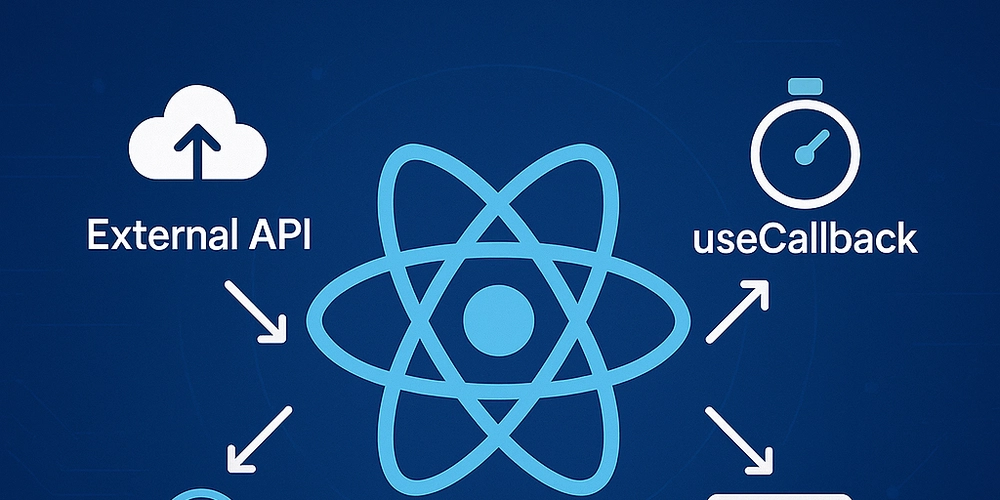
















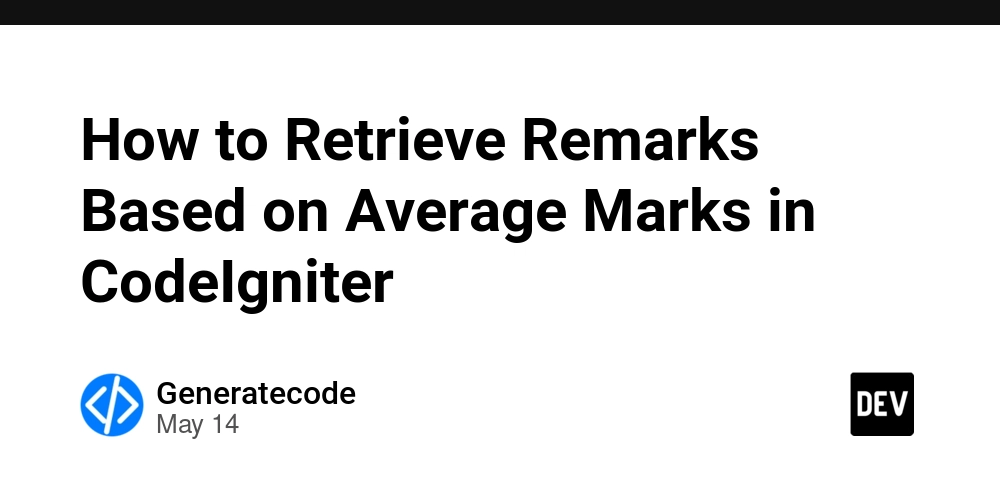















































.jpeg?width=1920&height=1920&fit=bounds&quality=70&format=jpg&auto=webp#)


















































































































































































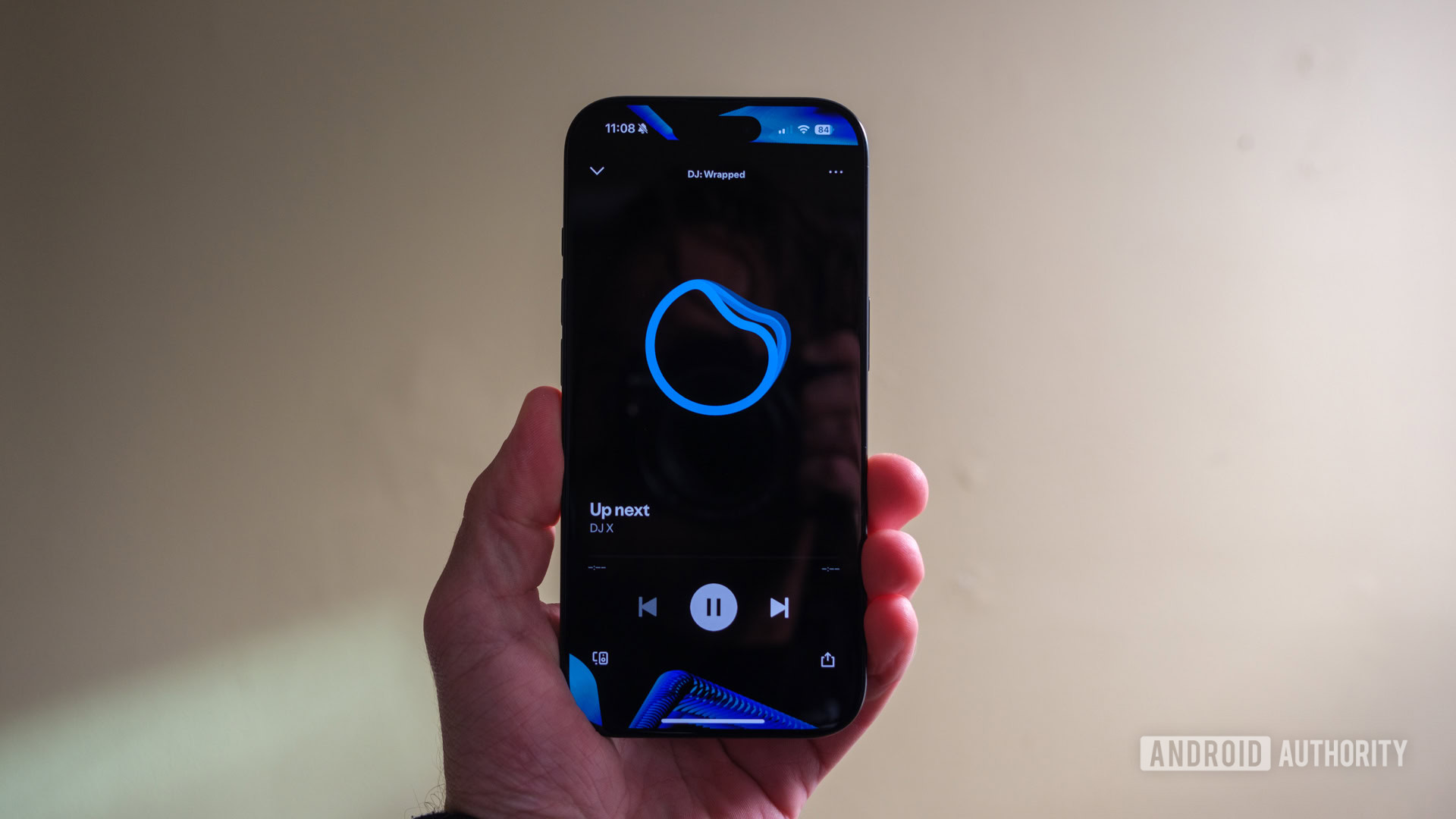
















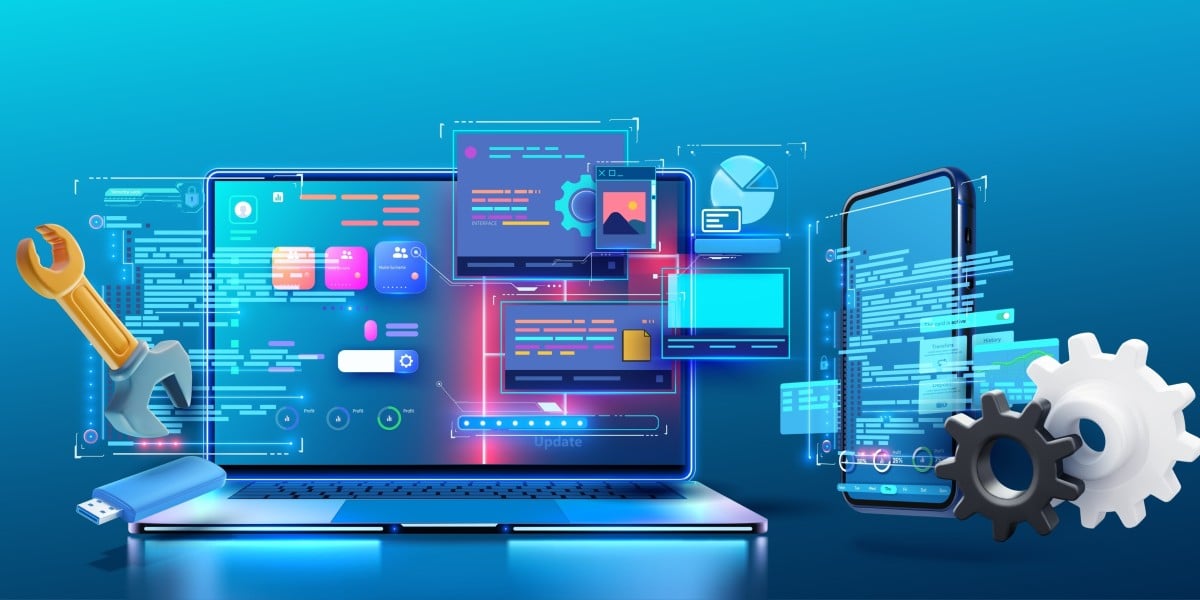



![Apple Working on Brain-Controlled iPhone With Synchron [Report]](https://www.iclarified.com/images/news/97312/97312/97312-640.jpg)
















